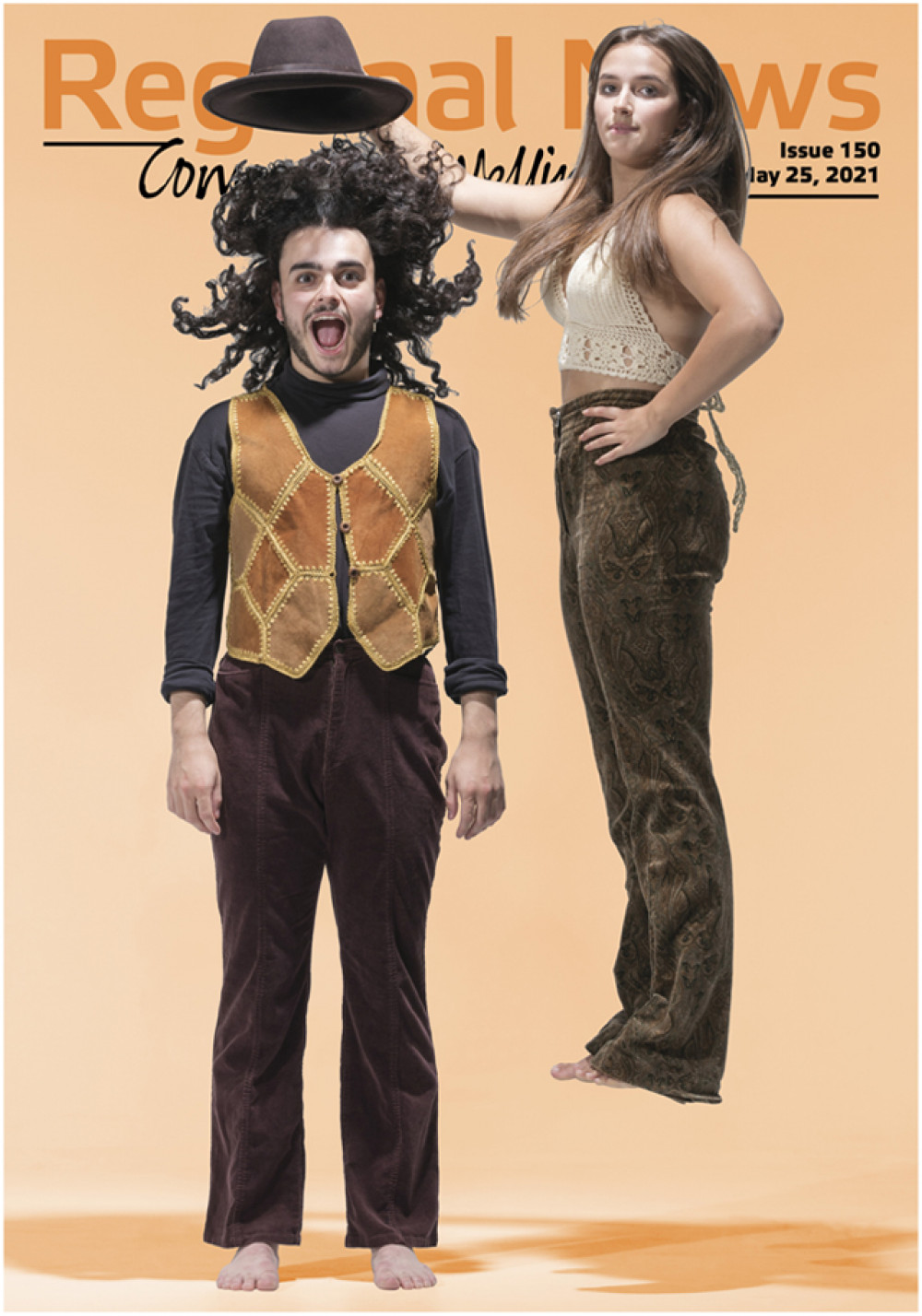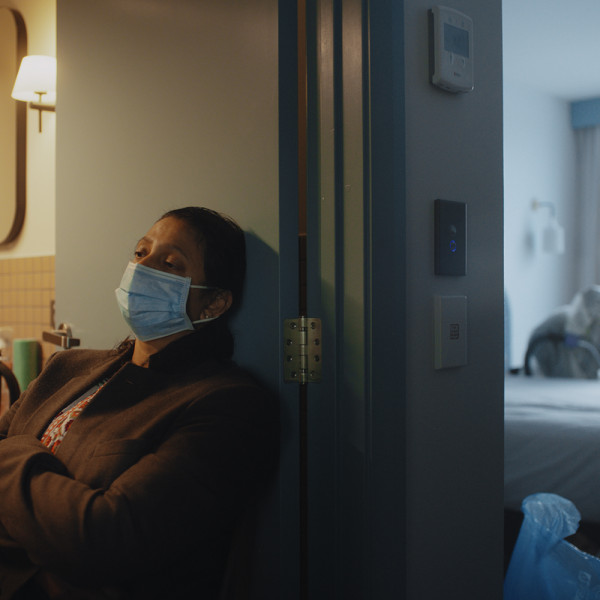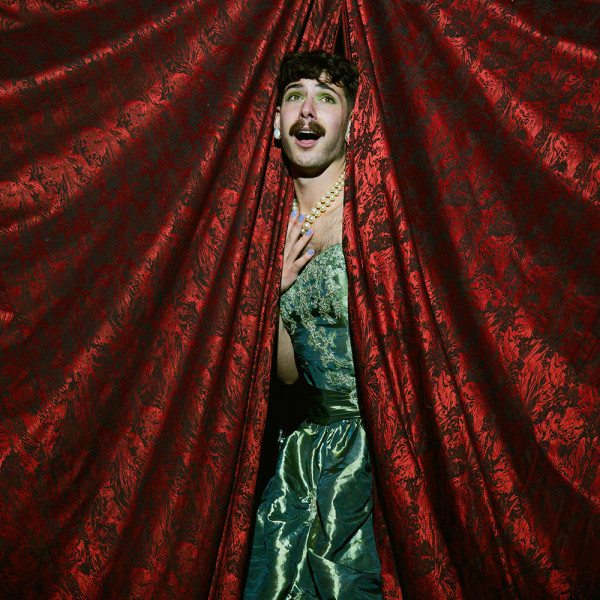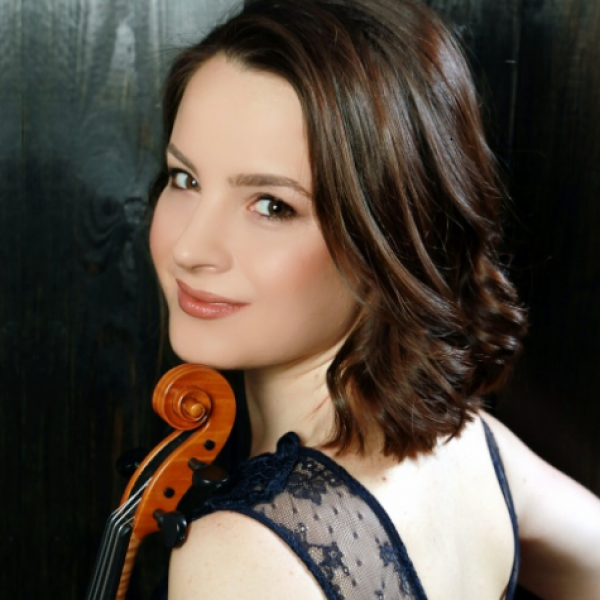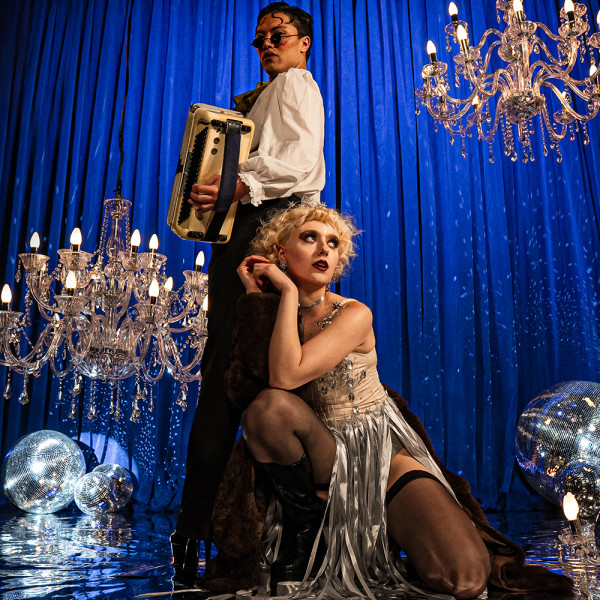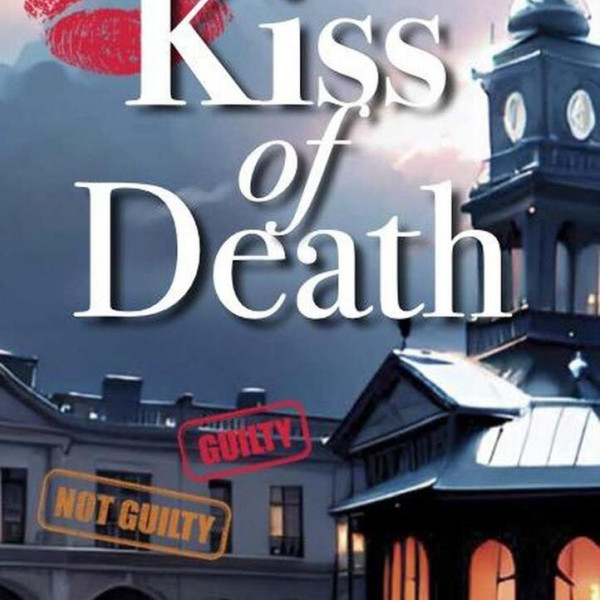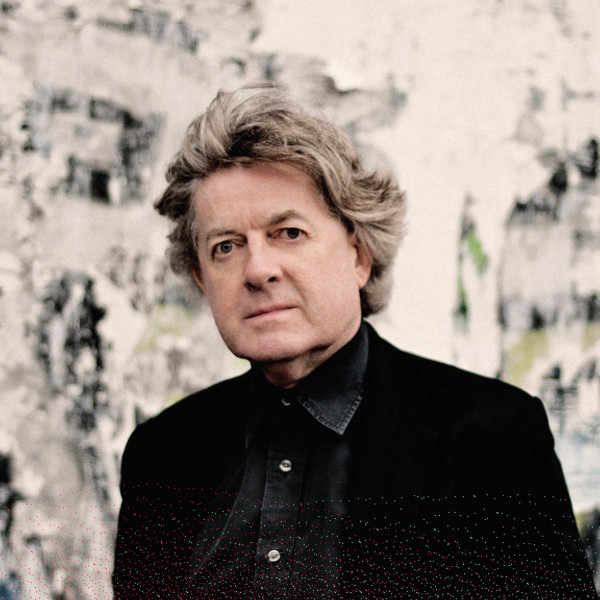
Jubilation: Strauss & Shostakovich
Presented by: New Zealand Symphony Orchestra
Conducted by: James Judd
Michael Fowler Centre, 30th Jun 2024
Reviewed by: Ruth Corkill
Jubilation presented an eclectic smorgasbord of orchestral music. NZSO music director Emeritus James Judd returned to the conductor’s podium as the evening’s featured artist, and provided friendly and accessible commentary. The concert included two short pieces from young New Zealand composers alongside works by Richard Strauss and Dmitri Shostakovich. As a group these pieces felt incongruous, and I don’t think the programming opened up fruitful conversations between them. That said, the variety and virtuosity on display still made for an enjoyable evening.
The performance opened with Henry Meng’s fleeting Fanfare, which was bitingly concentrated and exuberant. The two-minute work contains plenty of complexity, transitioning rapidly from its domineering brass opening to an expressive oboe melody and back to straining violins. Meng shuns resolution or breathing space in Fanfare to an extreme but exhilarating degree.
This was followed by Strauss’ Le Bourgeois Gentilhomme, an orchestral suite adapted from the musical accompaniment to a comedy of the same name, which details the disastrous exploits of a middle-class man who longs to be accepted into the aristocracy. The many soloists couldn’t be faulted, and the light, comedic tone of the work shone through.
After interval we were treated to Sai Natarajan’s We Long for an Adventure. Featuring a playfully jazzy theme interspersed with forceful strings, Natarajan’s composition is a delicious snack that felt more substantial than its four-minute runtime would suggest.
However, the night belonged to Shostakovich’s ninth. Symphony No. 9 in E-flat Major, Op. 70 premiered in 1945 and was received with hostility both in the Soviet Union and by American critics. The work is irreverent to the point of hostility, but still deeply felt. As in the NZSO’s past performances of Shostakovich, the orchestra demonstrated mastery of the heady combination of humour and anguish that drives his compositions. The woodwind section deserves particular praise, with the flutes’ gorgeous molten phrases echoed heartbreakingly by the oboe in the fourth movement.



